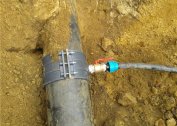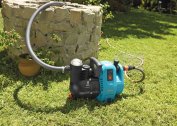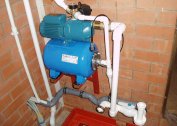Water clarification is the process of removing suspended and colloidal substances consisting of clay, sand or mud particles. Their presence worsens the quality of the water, making it cloudy and unsuitable for drinking, both for drinking and for technical purposes.
Water clarification methods
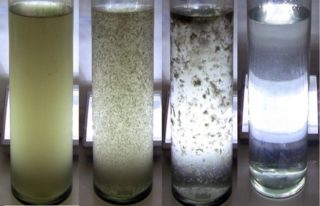
In the technological scheme of purification, clarification occurs first of all. Its essence is to remove contaminants by gravity or by forced filtration.
Water clarification methods:
- sedimentation in sedimentation tanks;
- clarification in hydrocyclones;
- coagulation and flotation;
- filtering through a layer of suspended sediment or filter material;
- the use of oxidizing agents in the field.
The choice of clarification method is one of the main points in the development of purification technology, as it will affect the entire process of water treatment in the future. You need to carefully approach this task and study the nuances of each option.
Settling Method
The method consists in removing suspended and colloidal particles by gravity. The deposition rate depends on their shape, size, density, roughness and the temperature of the liquid. The optimal values for this process are 8-12 ° C.
One of the conditions for effective cleaning is the speed of water in the sump, which directly affects the precipitation of particles. It should be in the range of 0.12-0.6 mm / s, depending on the design of the structure.
Sumps are used: horizontal, vertical and radial. Each of them is intended for certain values of the volume and amount of pollution.
The method of sedimentation is the simplest, the efficiency is 60-70%. The main disadvantage is the large volume of structures.
Hydroclone clarification
The principle of operation of hydrocyclones is based on the separation of particles of a solid phase in a rotating fluid flow. Due to the tangential velocity, large impurities are pressed against the wall of the structure and are removed by gravity.
Coagulation and flotation
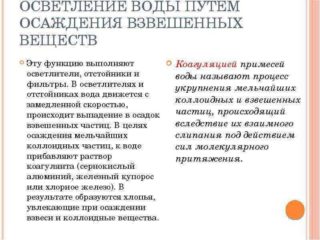 Coagulation is the process of aggregation of contaminants as a result of their adhesion. Minerals and colloidal humus have a negative charge, and colloidal substance has a positive charge. Opposite charges are attracted, as a result of which they coagulate.
Coagulation is the process of aggregation of contaminants as a result of their adhesion. Minerals and colloidal humus have a negative charge, and colloidal substance has a positive charge. Opposite charges are attracted, as a result of which they coagulate.
Efficiency depends not only on the amount of contamination, but also on the dose of the coagulant, the speed of mixing, alkalinity. To intensify this process, it is necessary to use flocculants, which accelerate the agglomeration of flakes.
When bleaching using coagulants, as a rule, a bleaching process occurs - the removal of humic substances that give the water a yellowish, brown or green color. Often this happens in stagnant areas such as pools.
Filtration through a layer of suspended sediment
The method is a combination of filtration and the use of reagents to speed up the cleaning process. Coagulant flakes, interacting with colloidal substances, are delayed by a layer of suspended sediment, due to which clarification occurs.
This method is suitable for heavily contaminated water, as you can get a high cleaning effect by spending a minimum amount of reagents.
Filtering through the boot layer
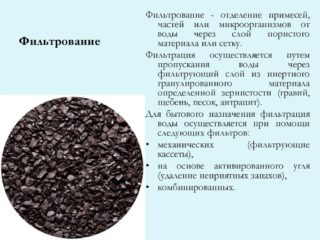 Water passes through a granular material that traps colloidal contaminants. As the loading layer, quartz sand, gravel, crushed anthracite and others are used.They must have the proper particle size distribution and the necessary mechanical strength, since they periodically wear out.
Water passes through a granular material that traps colloidal contaminants. As the loading layer, quartz sand, gravel, crushed anthracite and others are used.They must have the proper particle size distribution and the necessary mechanical strength, since they periodically wear out.
Speed and cleaning time distinguish between fast and slow filters. Slow are suitable for the treatment of non-coagulated water containing a relatively fine admixture. Since this method is reagentless, the maximum values of the initial turbidity should be up to 50 mg / l, color up to 50 degrees. The speed of movement in such a filter is 0.1-0.3 m / h.
Fast filters are used to clarify muddy and colored waters. In the technological scheme of cleaning, quick filters are provided after coagulation and sedimentation facilities, since it is impossible to obtain the desired effect in one step. It is important to periodically backwash the load to prevent subsequent contamination. The speed of movement in the quick filter is 5.5-15 m / h.
To purify water in the field, you can resort to household oxidizing agents: hydrogen peroxide, brilliant green or whiteness. Their principle of action is no different from special coagulants, they cope well with the polluted waters of rivers and lakes.
